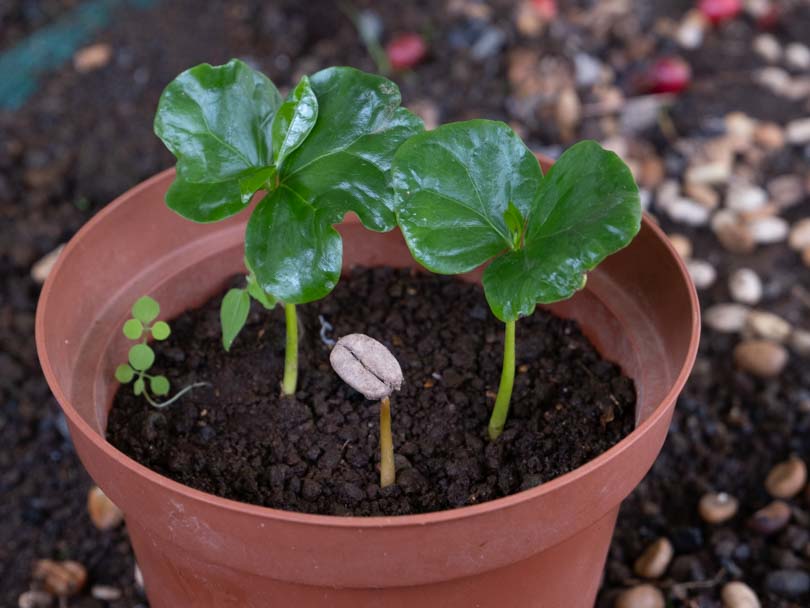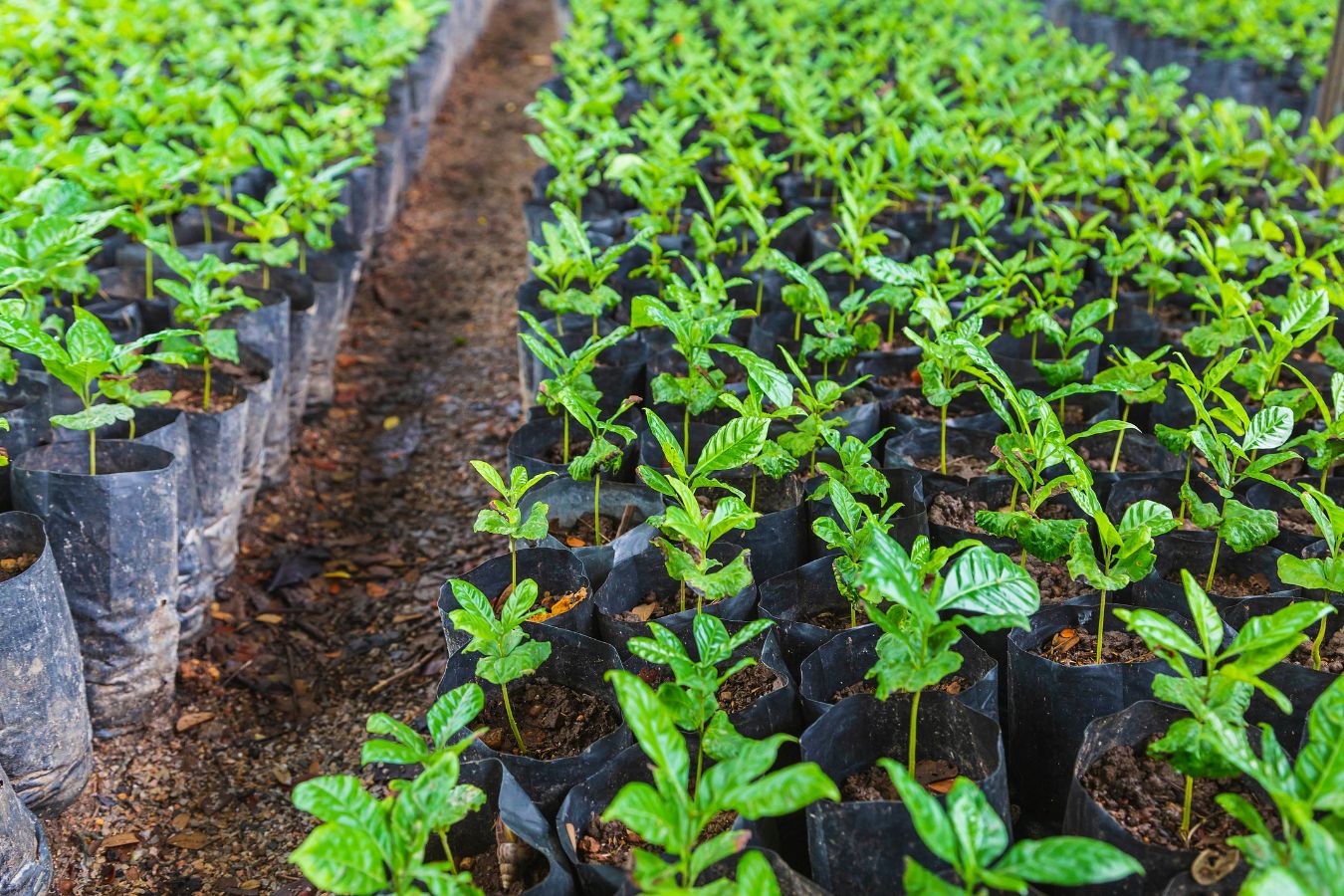Alright, let me tell you about my little experiment with coffee plants and the soil they love. I’ve always been a fan of getting my hands dirty and growing things, so I thought, why not try growing my own coffee? It sounded like a fun challenge, and who doesn’t love a good cup of joe?
First things first, I started by reading up a bit about what these plants need. Turns out, they’re a bit picky about their soil. They need the kind of dirt that drains well and is rich in organic matter. I learned that the best kinds of soil are like what they call Andisol, loam, or even sandy soil. Coffee plants have these long roots that go way down, and they really don’t like to be in soggy soil. Makes sense, right?

The Prep Work
I started to gather some supplies. I got my hands on some loamy soil that seemed just right. Then, I got a bunch of well-rotted manure. I mixed a generous amount of the manure into the soil. The idea is to make the soil rich and able to feed the plants well. I even checked the pH of the soil using a simple testing kit I picked up from the local gardening store. The ideal range is between 5.0 and 6.0, and I managed to get mine right in that sweet spot.
Here’s what I did in steps:
- Get the Soil: I found some loamy soil that seemed like it would drain well.
- Add Manure: I mixed in a good amount of well-rotted manure to enrich the soil.
- Test the pH: I used a pH testing kit to make sure the soil was between 5.0 and 6.0.
Planting Time
With the soil all prepped, I planted the coffee seedlings. It was pretty straightforward – I just dug a hole, placed the plant in, and covered it back up with the soil mix. I made sure to give them a good watering to settle the soil around the roots. But I also made sure not to overdo it, because remember, these plants don’t like wet feet!
Extra Tip – Coffee Grounds
Here’s a little tip I picked up. I heard that using coffee grounds can be good for plants. So, I started using regular coffee grounds without any added flavors for my indoor plants. Both regular and decaf work fine. I just sprinkled some on the soil every now and then. It seems to give the plants a nice little boost.
Watching Them Grow
Now, it’s just a waiting game. I’ve been keeping an eye on them, making sure they get enough sunlight and the right amount of water. I also learned that they like a slightly acidic environment, so I’ve been careful about that. It’s been a few weeks, and I can already see some new growth. It’s pretty exciting to see them thrive!
Soil Matters
From what I’ve read, the kind of soil really matters. Alluvial, mountain, and even laterite soils can be used. Alluvial and mountain soils are naturally fertile and have most of the minerals needed. Laterite can be used if it’s got good irrigation. So, there’s some flexibility, but it all comes down to the soil being well-drained and rich in nutrients.
So far, my coffee plants seem to be doing great. They’re growing well, and I’m hopeful that one day I’ll be able to brew a cup from my own homegrown beans. It’s a bit of work, but it’s definitely rewarding. Plus, it’s a great way to learn more about what goes into making that perfect cup of coffee. If you’re thinking about growing your own coffee, I’d say go for it! Just remember to give those plants the right kind of soil, and they’ll thank you for it.




















